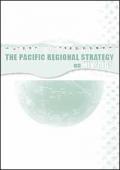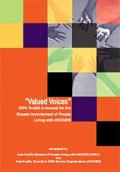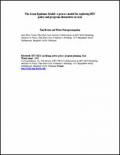Publications on People Living With HIV (PLHIV)

Resource | Publications,
This second report measures progress made by countries and describes how international partners are
supporting their efforts. In addition, it summarizes how the building blocks of antiretroviral (ARV) therapy programmes are being put into place and how issues beyond treatment are being addressed.
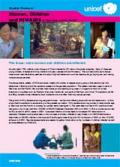
Resource | Publications,
An estimated 1,700 children under the age of 15 are infected by HIV around the globe everyday. Many of these are young children, infected at birth by mothers who are unaware of their HIV status. The number continues to rise as more women are infected by partners who adopt high risk behaviours such as injecting drugs, buying sex, and having multiple sexual partners.
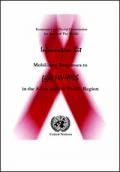
Resource | Tools,
A multisectoral approach to HIV/AIDS aims at mobilizing resources – financial and otherwise. Sector-wide approaches provide opportunities for integrated responses to HIV/AIDS, moving away from the traditional vertical approach that addresses HIV/AIDS as a disease specific (biomedical) or a narrowly-defined problem rather than incorporating poverty, development, nutrition, education and other prevalent factors that may help drive the epidemic.
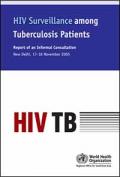
Resource | Publications,
In order to address Region-specific issues in this area reflecting the current epidemiological situation and the status and capacity for delivering the necessary services in the countries, there has been a call from Member Countries in the Region to conduct a technical forum and to outline regional strategic directions for HIV surveillance among TB patients.
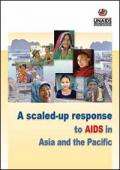
Resource | Publications,
This report summarizes the AIDS challenge in Asian and Pacific countries. Using the best available evidence, it discusses the reasons why critical services currently reach only a fraction of those in need. It also outlines the action needed that will allow the region to seize this key moment of opportunity.
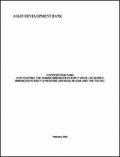
Resource | Publications,
In 2002, Dr. Peter Piot, the Executive Director of UNAIDS, stated: "The epidemic in Asia threatens to become the largest in the world. With more than half the world's population, the region must treat AIDS as an issue of regional urgency. The question is no longer whether Asia and the Pacific will have a major epidemic, but rather how massive it will be." The goal for the Asian Development Bank (ADB) is to be an effective partner to its developing member countries (DMCs) in addressing this challenge.






